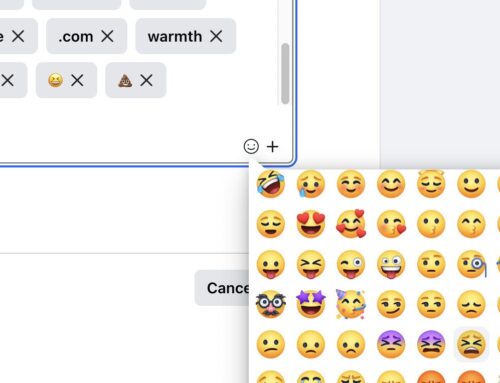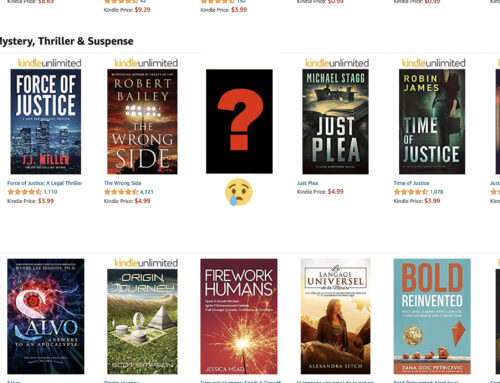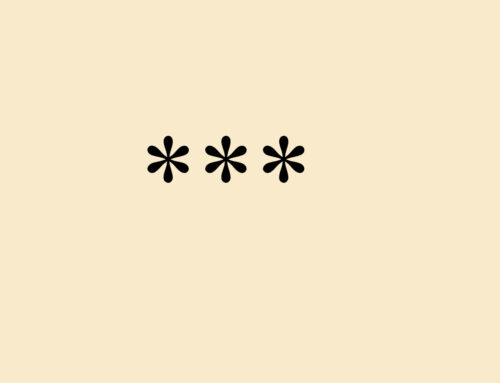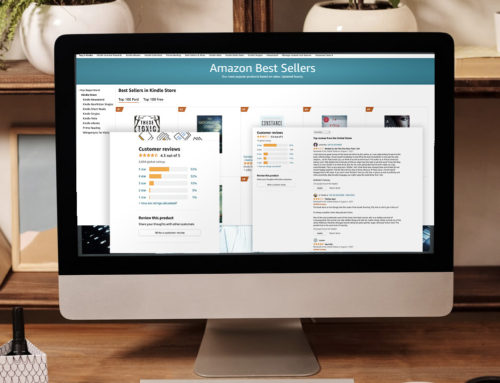What do you want to read first?
Ok. We will start with the REAL good news.
Amazon has announced changes to their Kindle software. First they are going to display page numbers. This is a feature that academic Kindle and ebook users have been asking for since e-textbooks and ebooks started to appear. It has raised a large page numbering controversy and a lot of misconceptions.
The Nook does this and the iPad does that. Both for the most part use device page numbers and not physical book page numbers but who’s keeping track. (PDF versions are an exception.)
Now that Amazon has announced the inclusion of REAL page numbers in their ebooks, the fun begins.
Study Tool
Students and teachers/professors must realize that this is just the first step toward their goal of being able to use eBooks as a study tool and to help improve the quality of their Education.
The Real Page numbers should help in class discussions and assignments. I have always thought that teacher editions should have been all over this problem but I guess the publishers have enough to do to get both versions out the door, let alone syncing the two formats.
Citations should be easier and more accurate. You should able to direct the reviewer to the exact paragraph, not just on the same page.
This could be used to increase class participation. Student may not talk but I bet they tweet a lot.
eBook Communications
Book clubs and reading groups should also benefit from this addition. Communicating with others about the content of books has been its own sport since Gutenburg got involved.
Also the new feature includes the stage of reading completion (page 100 of 250) which some readers couldn’t live without.
Now to the great news.
Amazon/Kindle has always had notes and the ability to share the notes (100 characters at a shot) on social networks but they have expanded that concept to allow you to make your notes and highlights available to others. Now you can share your thoughts and ideas with everyone. This new feature is called Public Notes.
All you have to do is turn on the Public Notes feature in your own ebook and you can view the notes of the people you follow and there comments.
If someone that you follow has written a note at a location in an e-textbook or ebook, the Kindle will display an “@” sign in the text where the note was made. All the Public Notes for this edition will appear along with your personal annotations when you select “View Notes & Marks” from your Kindle menu. The following process is documented on the Amazon website.
The audience/number of followers that can read your notes is unlimited.
So what do we do with this?
Education
My first thought for education is you can use this in a study group environment. You setup a group of your peers as followers and start adding notes and ideas and comments. Things like references to other sources and definitions of terms. Your professor may even get involved by adding his own ideas and information. This concept could be carried even farther by including more than one class in the group.
I can see a scenario where each classmate enters notes into their Kindle for PC app on their home computer and the Public Notes feature builds a library of ideas and comments. Back at the classroom each classmate has their Kindle at hand with all the backup information they need for a healthy discussion right at their fingertips. The professor adds his comments and suggestions along the way. With the Kindle for PC software being updated with the new features, the professor doesn’t need a Kindle to keep up with the notes. Soon you have your own class thread going, all linked to your e-textbook.
eBook Authors
An author’s reader base can comment on phases or ideas and share that with the whole group. The notes could turn into companion books or generate new ideas for authors. An author is going to find out what his readers are thinking which could be a good thing or a bad thing.
What, no bad news?
Come on. There is always bad news when something seems too good to be true. Well I can see a few possible problems but I need to see under the cover before I pass judgment.
Kindle 2
Right up front it appears that Kindle 2 devices are not included in the new features. I can keep up with the class with my Kindle for PC app but my Play Thing 2 sounds like it’s for fiction reading.
Next we need to see how the new features work in practice.
Size restrictions
One question that comes to mind: Will there be a size maximum to the note, like the 100 character limit in the social network sharing? Currently private notes don’t appear to have a limit but I am sure there is one. I have added notes on my PC of over 500 characters and they display fine on my Kindle 2.
Another question: With a quantity of users adding comments into an e-textbook, is there a maximum number of message per e-textbook?
Number of followers
And a follow up question: Is there a maximum number of followers? Can this be stretched to include a class, a school and all the users of that e- textbook edition across the country? Can next year’s users join in on the notes if they have the same e-textbook edition? Amazon claims its unlimited.
Gatekeeper
Management of the Public Notes could become a problem. Recently I started a study of the ereader page numbering controversy. The study led me to several threads with hundreds of comments. Just when I started to see the light at the end of the tunnel, I stopped reviewing the threads because some kids starting trading insults.
The Public Notes can be a valuable tool to well-intentioned users. This feature has no limits to who can make a comment or enter a note if they have access to the same edition of the e-textbook.
REAL Page Numbers?
Another thing I want to see is how successful Amazon was at adding real page numbers. Their claim is that the page numbers correspond directly to a matching book’s print edition and they have converted thousand to the new feature.
Too insert real page numbers to a large quantity of ebooks means that page numbers were already imbedded in the digital file or they took their source document and recompiled them guessing at the page breaks or they had a lot of people inserting bookmarks into the ebook as they compared it to the physical book. I need to see this one.
My Wish List
So we have real good news, great news and some things that could be a problem.
I have a personal wish list. There is no order of importance to my list.
General
- First e-textbook and ebook authors need to study the new features and take advantage of them in writing, improving their content and communicating with their audience.
- Professors and staffers need to start compiling the Public Notes into ebooks using KindleGen or Calibre. Amazon is not required to create an ebook for use on a Kindle or any ereader.
For Amazon
- Now that we have real page numbers, the GOTO section needs a ‘GOTO Page’ selection like the ‘Location’ added to Kindle and the Kindle For apps.
- We need to be able to add a group of followers as well as individual followers.
- When we copy and paste notes, the citation information should be available to use. We know now that the Kindle knows the Title, the Author, the real page number, the location on the page of the note and who created the note. It doesn’t need to be a part of the note, just made available to snag if we need it.
- The notes need to get on the Internet as information to allow a search on Google or some other search engine. Amazon is putting the private notes on the net already under our book pages.
- Maybe we create a serialized version of an e-textbook that only a selected group has access too. That would solve the unlimited access problem and unwanted comments.
I am sure Amazon wants to hear new ideas after solving the page numbering thing and creating the potential blockbuster Public Notes feature.
How would you use Public Notes? I am sure this list could be a long one.
How would you control the process? Maybe we just play by the rules and adapt.
How will academia respond to the new features? We will find out if the page number issue was really the problem for their resistance to the digital format.
View my website: HBSystems Publications
Or EMAIL at: jrm@hbspub.com
Or goto my blog: The eBook Author Corner: http://hbspublications.blogspot.com/
Get an Editorial Review | Get Amazon Sales & Reviews | Get Edited | Get Beta Readers | Enter the SPR Book Awards | Other Marketing Services






















James, you consistently come up with the latest, most interesting, and most valuable information. I’m glad to see Amazon is giving up on its no-page-numbers stance. Human minds, certainly reading and writing human minds, want to know where they are, even if it has no more meaning than a page number in a book. An author of fiction wants to be able to tell a curious reader to look at the dialogue, description, or action on page 168, not somewhere in Chapter Seven. The public notes could lead to dramatically changed relationships between writers and readers. I couldn’t imagine intially reading what a writer actually wrote along with the public notes. I might, though, wish to go back, after reading a chapter or section, and look at some of the notes just to see if my thinking was the same as, or very different from, that of other readers. If a written work had ten thousand notes linked to a single word (wouldn’t we all love to be the author of that?), I suspect somebody could devise a way to search through them to see what a reader most wanted to see, without restricting anybody from saying anything they wished to say.
Ron: Thanks for the comment. I think authors should jump all over the Public Notes feature. I agree with you. I think it could change the relationship between the author and the reader.
The notes have to get to the Internet outside the Amazon umbrella.
Don’t overlook the companion ebook possibility. An author could package the comments including their thinking process into a small ebook and have his readers or potential readers get a free copy just by going to the author’s website.
As more documentation comes from Amazon and people start to use the REAL page and Public Notes features, more ideas and uses will appear. My wish list, Item 1 (GOTO page), was already in the new software but not in the initial documentation. It just had to be there.
Actually the Kindle For PC version of the GOTO page feature is pretty slick. By depressing the combination of Ctrl+G, a dropdown input box appears that allows you to enter a page number or a location number.
The Kindle 3 requires you to press the Menu key while in a book and select GOTO, enter the page number and then click the Page button. This would be a great shortcut to added to the Kindle 3.
good news ,thank you
That should read “…REALLY good news…,” not “…”REAL” good news…”. Pet peeve.
Cat:
I had to go back and comment on this one just for the record. The word REAL is a play on words relating to REAL Page Number not a word qualifying the extent of the Good News. I have my share of editing problems so thanks for watching out for me.